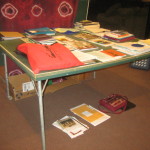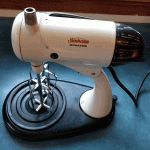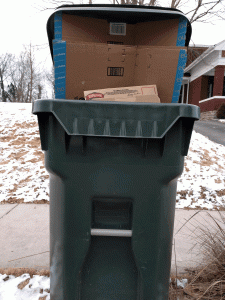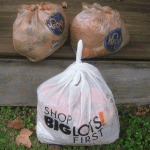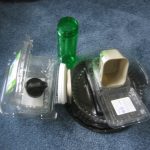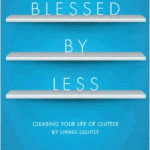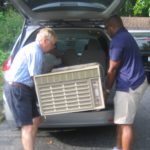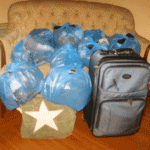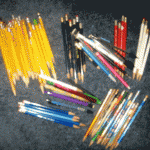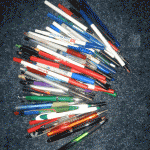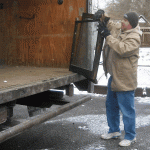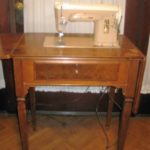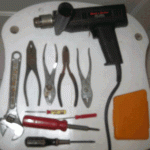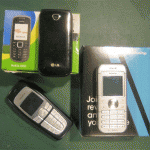 I had a good two part plan for Lent this year:
I had a good two part plan for Lent this year:
*Clean out my work files and shelves
*Clear my mind of the political funk that was crowding my spirit
The process seemed logical:
Step 1: Clear off the ping-pong table, aka my extended desk of papers that were “in process.”
Step 2: File papers in the file cabinets.
Step 3: Prune my file cabinets and shelves.
Step 4: Talk with people who had different political positions than mine so I could understand them better. (Some of this latter step I could do while traveling.)
Here’s what happened:
Step 1: Clear off the ping-pong table. This took longer than I thought because my file cabinets were too full to squeeze more papers in. Even more problematic is that I realized that I no longer had file categories for my evolving life. (During the last decade I’ve added new dimensions to my work and thus need sections like Simple Lifestyle, Environmental Issues, Politics, Travel, and Finances.)
Of course this raises the question of which comes first – clearing the ping-pong table OR pruning my file cabinets to make room for more papers. I continued with the former and just made a stack of papers divided into new categories.
Step 1a: Clearing off the ping-pong table revealed that the table had a broken clasp which allows it to fold up to take less space. Since I needed the extra space soon for guests I decided to repair the table. As is true for any home repair project, it took longer than I thought.
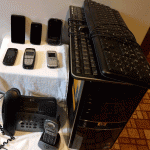 Step 1b: Folding up the table exposed a dead computer and 2 keyboards stored under it. Aha! I had meant to recycle that computer when I got a new one but never got around to it.
Step 1b: Folding up the table exposed a dead computer and 2 keyboards stored under it. Aha! I had meant to recycle that computer when I got a new one but never got around to it.
Step 1c: If I’m going to recycle the computer, I might as well recycle the 6 unusable cell phones stored under the nearby table that I had also procrastinated doing. I knew I could take the computer to Best Buy, but what about the phones? I thought I had read where to recycle phones at one time, but couldn’t remember where. Confession – I should have read myself. (Click here for another use for old cell phones as a security camera.)
Step 1d: I looked up my old blog posts. The two most comprehensive were: Electronics and Cell Phone/Desk Cleaning 5. The article, 10 Places to Recycle Your Cell Phone led me to an Eco-ATM machine at our nearby Kroger grocery store. It took about 20 minutes to recycle all 7 phones and I got $5. I might have gotten more money if any of the phones worked, but I just wanted to make sure they were safely recycled. Speaking of safety, it’s wise to erase personal information from your phone before recycling. For a guide on how to do this, for Android phones click here. For iPhones click here.
Step 1e: The next day I took the computer, keyboards, and one landline phone to Best Buy.
Now I’m ready for Step 2 or 3.
LESSONS LEARNED:
- One thing leads to another. Accept the reality that my plan may change based on new discoveries.
- Uncovering history can be a sacred experience. In my original ping-pong table reorganization I realized how the “categories” of my life are evolving, I also found several crucial papers that I had left unfiled because I didn’t want to lose them. 😉
- Most everything takes longer than anticipated. Exception: Eco-ATM was quick and easy.
- Breaking the cycle of procrastination is a worthy use of time. Although initially I felt that I was “interrupting God” by substituting recycling electronics for cleaning out my file cabinets, I now feel redeemed. Discerning how to use my time should serve a purpose and not just be a slave to an arbitrary plan. Organizing paper can wait.
- Put priority on people. I set up several dialogues with people who have different political viewpoints from mine. This will probably be my true transformative work in the next several weeks.
What tasks do you tend to procrastinate on? How do you deal with this?
